- City Fajr Shuruq Duhr Asr Magrib Isha
- Dubai 04:36 05:52 12:21 15:49 18:45 20:02

Images for a collection of rare manuscripts with earliest documents at Seraj Al Hadarat Exhibition (Supplied)
The Sharjah Book Authority (SBA) has unveiled a collection of rare manuscripts, with the earliest documents on display dating back to the 16th century.
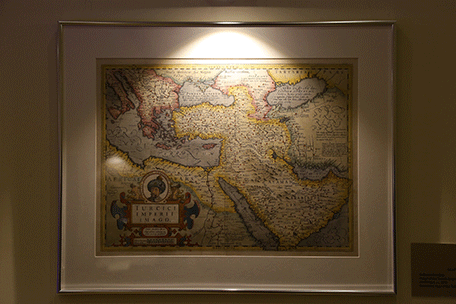
The collection forms part of the ‘Seraj Al Hadarat’ (Light of Civilisations) exhibition, which is being held as part of the 14th edition of Sharjah Heritage Days, running until April 27 at the Heart of Sharjah.
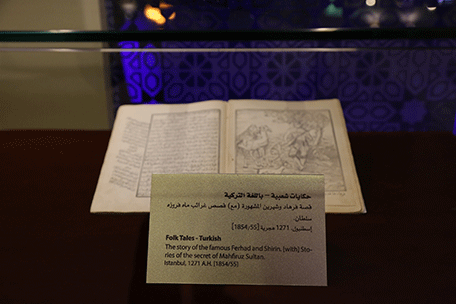
Seraj Al Hadarat features rare manuscripts of historical significance to many countries and kingdoms, such as the Ottoman Empire, Britain, France, The Netherlands, Italy and Iran. The collection includes books, manuscripts, maps, pictures and paintings that have been valued at Dh3 million and which are being shown to the public in the UAE for the first time.
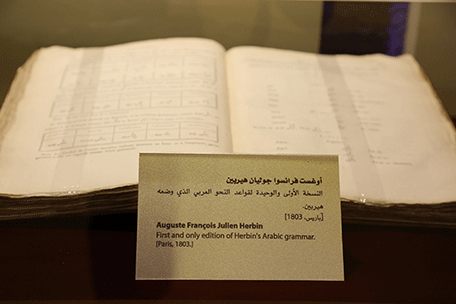
Hind Abdullah Lenaid, Manager of Fairs and Festival at Sharjah Book Authority, emphasised on the significance of the collections to researchers and those interested in the history of the Arabian Peninsula, the Levant, Turkey, Egypt, and Abyssinia, with the exhibition including books, maps and manuscripts relating to history, astronomy, language and archaeology, as well as featuring a collection of paintings.
A main highlight at the exhibition is a rare copy of the Holy Quran's second chapter, which includes ‘Surat Al Baqarah.’
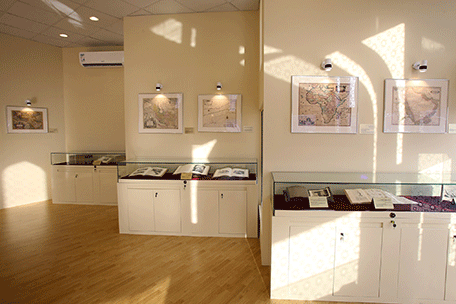
Hand decorated in the ‘découpage’ style, which is the art of decoration using paper cut-outs, its verses were written in Persia during the 19th century. The exhibition also includes the first printed book in Egypt, written by Marcel Jean Joseph. Published in Alexandria in French, the book was made available in 1798.
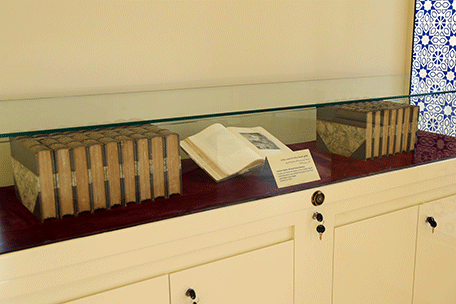
Seraj Al Hadarat is displaying the manuscript of the first version of ‘Six Maqams’, also known as ‘Maqamat of Al Hariri’, one of the greatest books on classical Arabic literature, written by Abu Mohammed Al Qasim Ibn Ali Al Hariri (1054-1122).
The goatskin -bound tome was published in English as ‘The Assemblies of Al Hariri’ in Cambridge, UK, in 1800, by Leonard Chabilo, having been translated from Arabic by Thomas Chenery and F. Steingass.
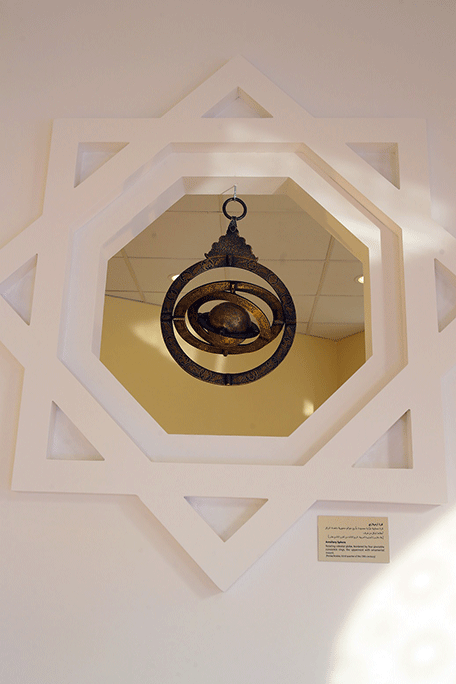
Seraj Al Hadarat is also showcasing an English language illustrated version of ‘Arabian Nights’, also known as ‘One Thousand and One Nights.’ Translated by Sir Richard Burton and issued in 1910, the edition is characterised by its green goatskin cover and gilded back.
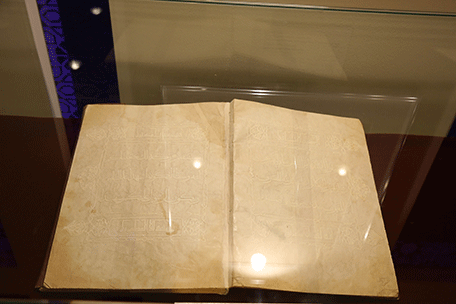
Another highlight of the exhibition is a tome composed of four volumes titled ‘The Modern Middle East’ by C. Wilson. It contains pictures of Palestine, Sinai and Egypt, dating back to 1870. The book complements another album at the exhibition, which features 48 pictures of Palestine and was produced in Jerusalem. Also on display is ‘Explanations of Egyptology.’ Written by Lorintaus Bignorious and issued in the 17th century, it is one of the first known volumes that discusses Pharaonic monuments.
Hailing from the 18th century, the book titled: ‘History of Ancient Astronomy from Prehistoric Times until the School of Alexandria’, issued by the Debora brothers in 1775, is also being displayed at the exhibition, as is a book on the history of pilgrimage in the Middle East, specifically Egypt and Palestine, which was published in 1629 in Germany.
Aside from the manuscripts, Seraj Al Hadarat is also showcasing a large celestial ball with ornate Arabic calligraphy, ornamentations and decorations that form a picture of the universe. Made of cooper, the ball dates back to the third quarter of the 19th century and is valued at 250,000 Euros.
Visitors to Seraj Al Hadarat can also view a number of rare paintings, one of which includes a unique view of Cairo, painted by Italian artist Lungi Giuseppe in 1670. The work of art depicts a number of striking Ottoman monuments. There are also watercolours of birds painted by French artist Jean-Gabriel Le Prater, which date back to 1825.
Photography enthusiasts will enjoy the exhibition’s 14 black and white portraits of elders and tribesmen in Syria, captured in 1930 by Walter Francis Sterling, Chief of Staff Officer to TE Lawrence, better known as Lawrence of Arabia.
Those with an interest in cartography will be impressed with Siraj Al Hadarat’s valuable collection of original maps, including a hand-coloured map of Africa with the southern coastal line that dates to 1690. Other maps on display include one of the Ottoman Empire that shows the Ottoman areas in the Balkans, Anatolia, the Levant, Arabian Peninsula and North Africa, which dates to 1630. Another map of the Middle East at the exhibition was first issued in the book ‘Geography’, which was released by Mercator in 1695 and based on the work of the astronomer Ptolemy.
The first of two maps detailing the Arabian Peninsula at the exhibition dates to 1720 and includes details of the trade routes to Makkah and Medina via the Ottoman Empire, with the second a manually engraved and decorated version, which dates to 1851.
![]() Follow Emirates 24|7 on Google News.
Follow Emirates 24|7 on Google News.